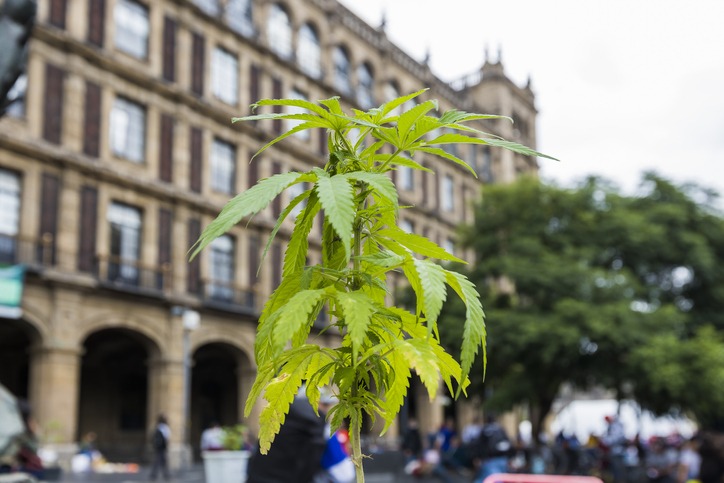If you live in the state of New York, and if you’re interested in cannabis, then you’re probably excited to learn that the state, as of November of 2022, has officially launched a legal market for cannabis by approving 36 different businesses and nonprofits for licenses that they can use to operate the first retail dispensaries in the state (aside from those that were previously operated on reservations).
This is a pretty exciting development!
But in order to understand the significance of it, you first need to understand the history of marijuana legalization in New York.
Let’s dial back the clock and explore it.
The Beginning: Marijuana And The State Of New York
Marijuana legalization began with its prohibition.
Back in 1914, the state began to restrict the sale and use of cannabis by requiring a prescription to obtain it.
Then, in 1927, the state removed the medical restrictions and just restricted cannabis completely.
The stories from this time period are pretty wild.
It’s recorded that there were more than 41,000 pounds of marijuana plants growing along the roads and in the streets until 1951.
Plus, a bunch of ‘pot farms’ had sprouted up to fill the illegal supply.
So the government started cracking down, and went to work dismantling the pot farms and getting rid of the ‘wild’ cannabis that was growing along the roads and in parks.
There are even some reports of this police force finding weed plants as tall as Christmas trees as they sought to root out its existence in the city of New York.
Increasing The Penalty
In 1973, New York governor Nelson Rockefeller signed into law legislation that increased the penalty for selling or possessing certain amounts of cannabis.
Partial Decriminalization
In 1977, New York state decriminalized the possession of 25 grams or less of marijuana and made it an infraction with a $100 fine.
This led to a decline in marijuana-related arrests, but this trend reversed during the 90s.
Further Decriminalization
In 2014, in response to continued arrests for marijuana possession, New York City mayor Bill de Blasio directed the NYPD to stop arresting people for small possession cases of marijuana, and to instead issue tickets.
This caused a small, temporary decrease in marijuana-related arrests—but those lower numbers eventually climbed back up.
Medical Cannabis Legalization
In 2014, New York Governor Andrew Cuomo signed into law legislation that permitted the use of cannabis for medical purposes.
Of course, medical use still required users to get a medical card, but registering with a doctor and getting access to this documentation became a part of getting access to legal marijuana for the first time in the state since prohibition began back in 1914.
Recreational Cannabis Legalization
Legalization for recreational marijuana in the state of New York was included in the 2021 state budget proposal.
It was called the Cannabis Regulation and Taxation Act.
This act basically legalized recreational cannabis for adults ages 21 and over.
Under this law, it became legal for recreational users to possess up to 3 ounces of cannabis or 0.85 ounces of concentrated cannabis.
In your own home, as long as you’re 21 or older, you’re also allowed to possess up to 5 pounds individually in your own home (which is a heck of a lot of marijuana).
The law also allowed for the cultivation of plants in some particular situations.
And then, in October of 2021, the state prohibited employers from testing both prospective and current employees for marijuana. It’s also against the law now to discriminate against workers on the basis of cannabis use.
It’s safe to say that marijuana has seen a pretty wild ride.
It’s also safe to say that cannabis users can now celebrate, as they’ll now be able to enjoy their marijuana in relative legal peace for the first time in a long time.
Conclusion
There you have it.
A brief history of marijuana legalization in New York.
Of course, the state has come full circle over the course of the past 100+ years.
Some people have called it a pointless journey. But others see it as a sign that humans sometimes just need some time (a generation or two) to figure stuff out.
In the end, all of these new legalization developments are good for cannabis lovers and users in the state.
So that’s something to celebrate!

